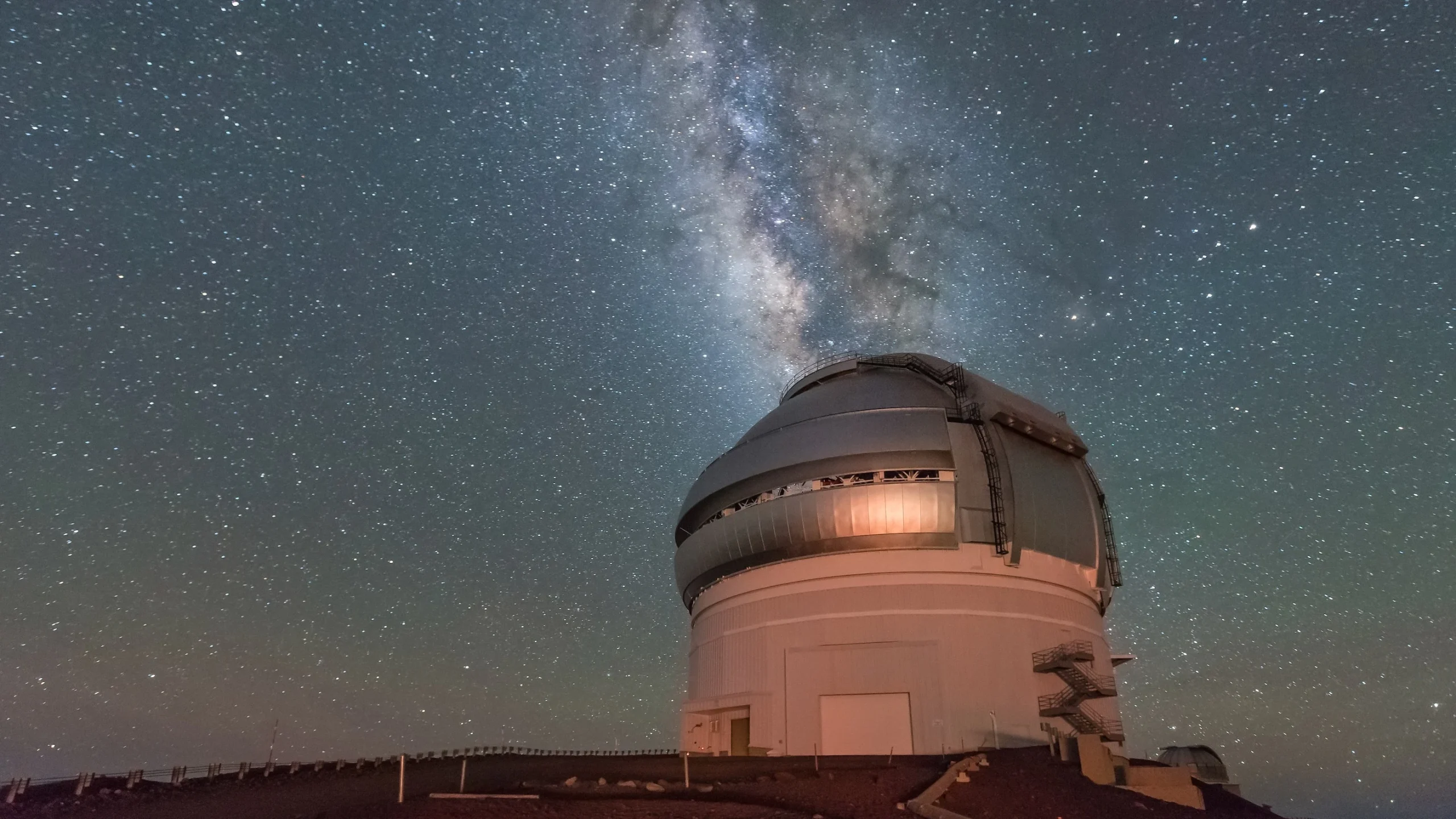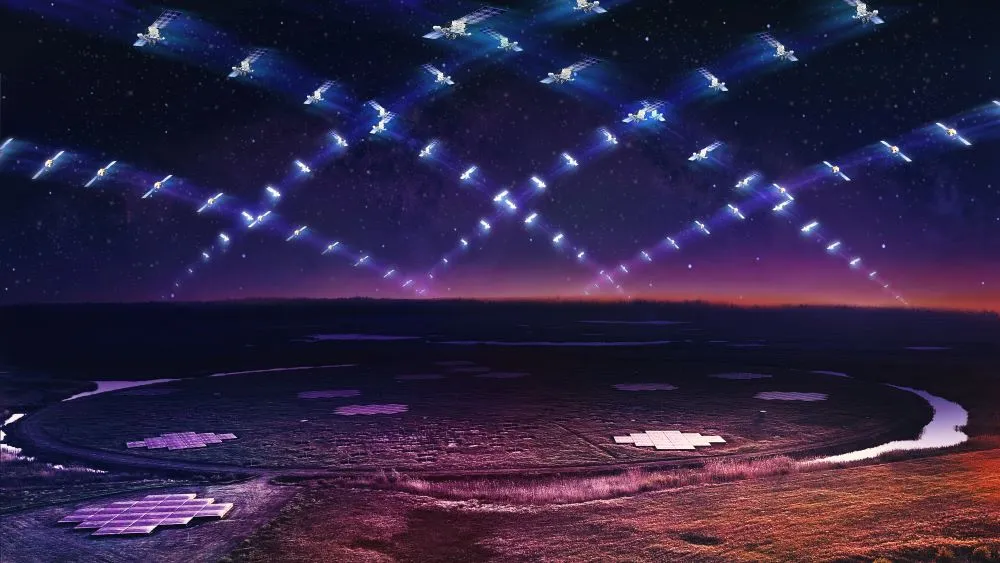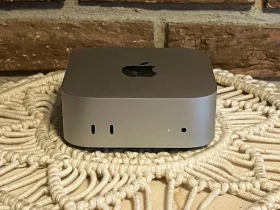Astronomers rely on telescopes to study the universe, but the increasing presence of satellites like SpaceX’s Starlink threatens to interfere with their observations. Radio telescopes, managed by the U.S. National Science Foundation’s National Radio Astronomy Observatory (NSF NRAO), are particularly vulnerable to interference from satellite transmissions.
These telescopes are often located in remote areas to minimize such disruptions. However, the growing need for satellite-based internet services, which reach even the most isolated regions, poses a challenge as these signals can overwhelm the faint cosmic signals that astronomers aim to detect.
To address this issue, a collaborative effort between the NSF NRAO and SpaceX has been underway since 2019. This partnership seeks to find a balance between enabling widespread internet access and protecting critical scientific observations.

Over the years, the collaboration has evolved, expanding protections for radio astronomy beyond what is mandated by international guidelines. Key to this effort are dynamic coordination techniques between SpaceX’s Starlink satellites and major NSF telescopes, including the Very Large Array and Green Bank Observatory.
A significant development from this collaboration is the introduction of “telescope boresight avoidance,” a method that allows Starlink satellites to provide internet access near radio telescopes without significantly disrupting their work.
This approach is particularly important in the National Radio Quiet Zone (NRQZ), where radio wavelengths are tightly regulated to protect sensitive equipment. Through this new process, SpaceX can now deliver internet to almost all residents within this zone while minimizing interference with scientific observations.
The telescope boresight avoidance technique is supported by an autonomous system called Operational Data Sharing (ODS), developed by the NRAO. ODS allows real-time communication between telescopes and satellites, informing satellites of the current observational parameters of the telescopes.
This system enables the satellites to adjust their signals to avoid disrupting ongoing observations, ensuring that both satellite communication and astronomical research can coexist.
This collaboration marks a significant achievement in the management of the radio spectrum and is seen as a model for future coexistence between scientific research and satellite operations. The successful testing of the ODS system and the broader implications for spectrum sharing have been recognized as a major step forward, with a scientific paper on these developments accepted for publication.
The hope is that this framework will be adopted globally, allowing radio observatories and satellite networks to operate in harmony for decades to come.







Leave a Reply